I started writing this blog post after a new patient told me that they were doing deadlifts at the gym and she started to have low back pain. She had not really ever trained to do the deadlift but didn’t see any concerns as she had felt pretty strong. After this one occasion of deadlifting, she reported the next day she couldn’t get out of bed. Overall, she wanted to keep up with her newly established routine as she was feeling stronger but fearful of continuing with the deadlift, specifically. She was mostly concerned with “ruining her back” if she kept lifting weights. There was a lot of education on this day mostly to reassure her that she wasn’t ruining her back, that she should be deadlifting, and that she was in the right place to help her on this journey of lifting.
First: Deadlifts are great! Sitting is bad.
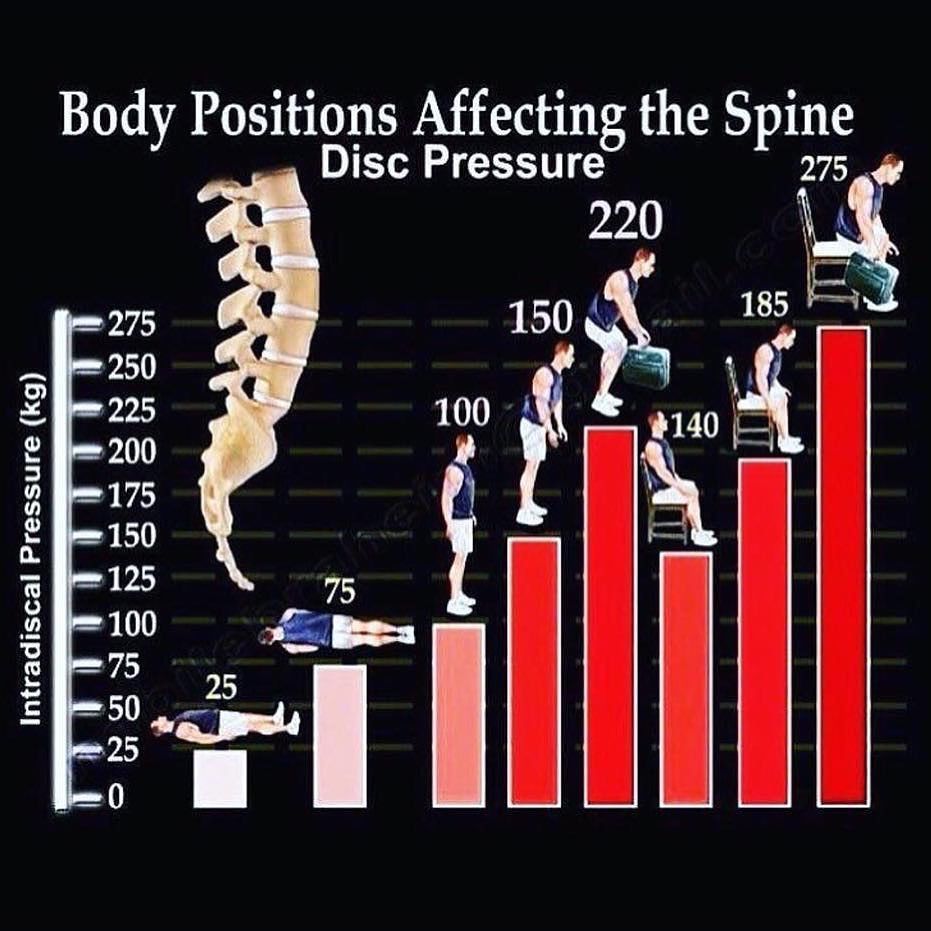
Would it surprise you to hear that continued sitting causes nearly the same amount of compression on your discs that a deadlift does, and even worse when you sit for a long time you get the effects of inactivity: a decreased activity of your gluts with inhibition of your hip extensors and tightening of your hip flexors, not to mention the compression on your neural structures that result in numbness down your leg. Whereas with deadlifts in good form you get the advantage of adaptation of your tissues and bones when under load, otherwise known as strong bones and muscles.
Noticed how I said “deadlifts in good form”?
Benefits of deadlifting to bones and muscles.
There is plenty of research out there that shows an increase in bone density with weightlifting. The numbers have been somewhere between 10% to 13% greater bone density in weightlifters compared to controls. This increased density leads to increased strength for axial compression or less strain on lumbar discs. Look up Wolff’s law (bone) and Davis’s Law (soft tissue) for rules of adaptation to load and why this is good or check out these studies:
There are also reports of improvement of overall quality of life and who doesn’t want that? A study in 2015 by Welch et al reported there were improvements or lessening of the fatty infiltrate of the lumbar muscles (more fatty infiltrates correlates to more weakness and pain), a 72% decrease in pain scores, and a 76% improvement in disability measurements (increased ability to move).
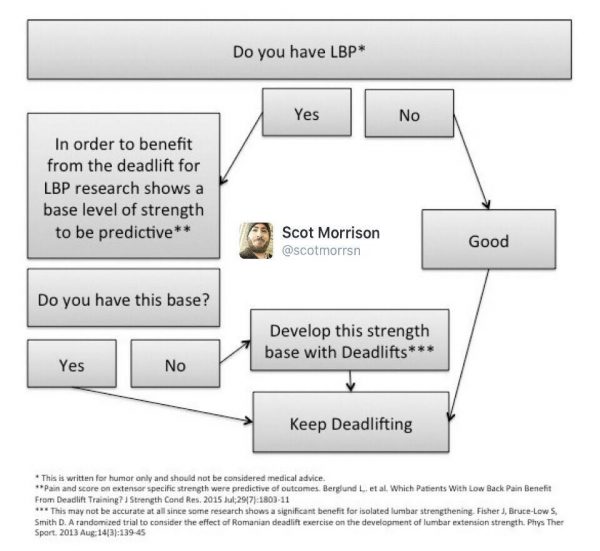
But who should lift and how to start lifting? Well, I’m pretty sure everyone should lift. You already do it in everyday situations like picking up a grandchild, groceries or your laundry. Why not practice lifting in a controlled environment and get stronger? Then do it again and a couple more times.
A study by Asa et al in 2015, agrees that deadlifting is safe and reports a comparison between deadlifts to low load exercises in persons with back pain. In both groups, they found significant decreases in pain intensity, and increases in strength and muscle endurance. Proof that activity is important, but also gives more substance to the notion that lifting things and most importantly lifting heavy things is good exercise.
Are you ready to deadlift?
There are 4 fairly simple rules of Deadlifting:
- Keep the spine neutral. (including cervical)
- Extend the hips.
- Extend the knees.
- Hold onto the bar.
Other keys to deadlifting: You need
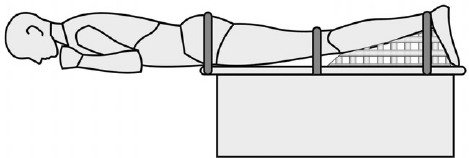
But the Sorenson test is not the only way to test your back and hip endurance. There are less complicated ways to address testing your back and hip endurance. Simple leg raises in prone progressing to “supermans” are ways of testing isometrically and a means of progressing to the Sorenson test. These are especially important for someone who has not deadlifted before or is fairly new to deadlifting.
I recently attended an AAOMPT (American Academy of Orthopedic Manual Physical Therapy) pre-conference presentation on exercise interventions specifically with integrating weightlifting. These are some of the pre-deadlifting progressions that we were tested on for hip and back strength endurance. The lateral test is not shown here and it was a killer! Each progression was performed in timed sets with minimal rest between each set. In addition to this, we hit upon the importance of hip (pre)strengthening with bridges and hip thruster progressions. As I glanced across my classmates performing one of these isometric holds, you could predict who was going to be technically sound with the deadlift.
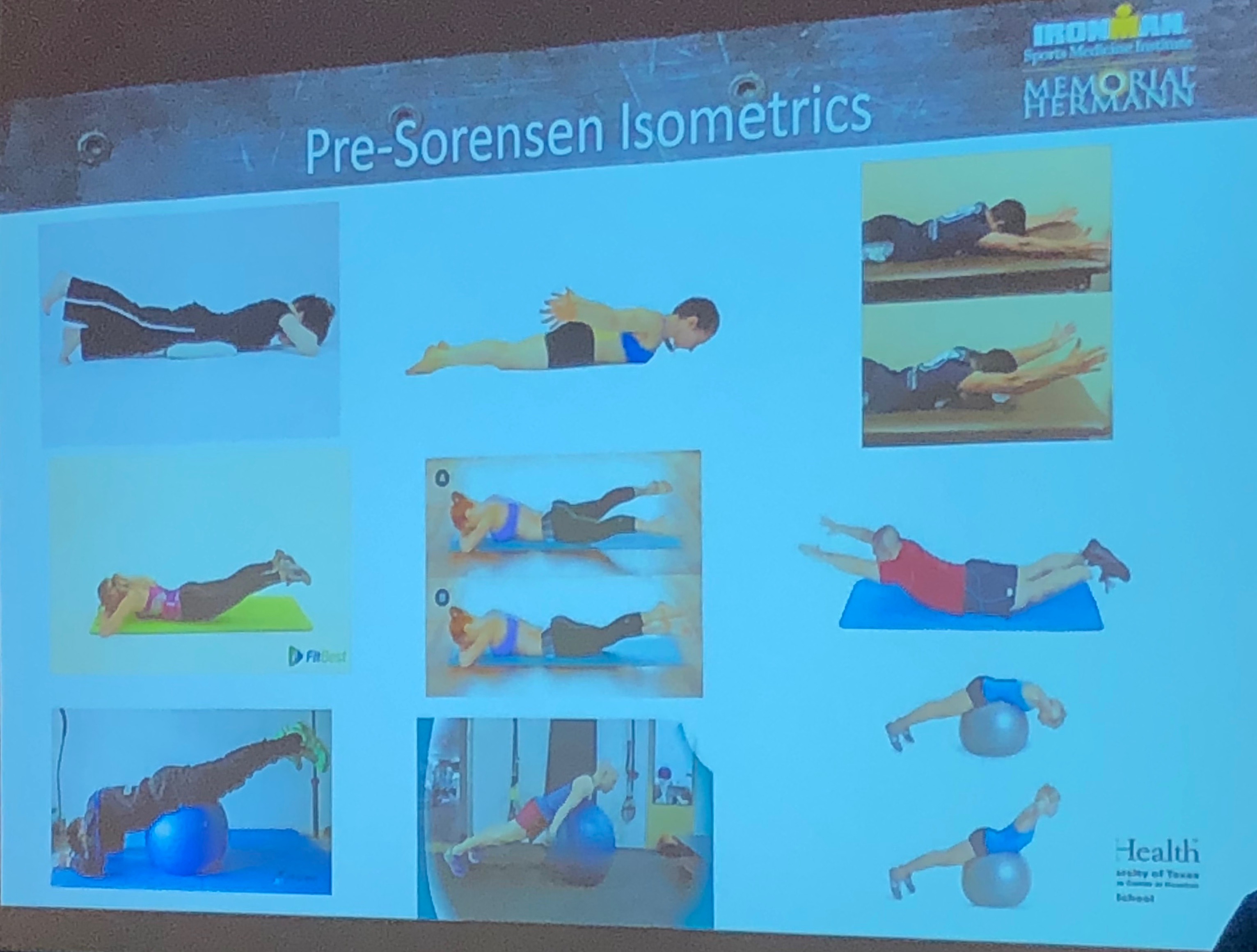
My back is strong, now what?
What if you could successfully pass the Sorenson back strength test but still have pain with lifting, it could be more than strength, it could be form or technique.
There is the technique of bracing. Bracing of the spine during a lift is to create more stiffness and make the spine “bigger”. Zach Long, PT, the Barbell Physio, instructs in filling the bottle and sealing the bottle to encourage stiffness of the spine when you lift. Mitch Babcock, PT of FTX, shares a video here on how to brace.
There are some visual cues that can be seen when finding specific strength deficits, most notably with spinal flexion. Remember point number 1 of the rules of deadlifting? A flexed spine over many repetitions can add greater degrees of shear, especially under load, while a neutral spine to slight extension can minimize this. But not all flexion is bad and not all flexion causes pain. (Check out Greg Lehman, PT, DC on his stance in this subject) That’s why it is important to get assessed from your physio who understands this.
You’ve done the Sorenson test, you are pretty convinced you have appropriate range of motion of the joints, and you remember the thing about bracing when lifting. But now you are lifting heavier, like above your tested 90% RM. If you have spinal flexion here there may be some compensation for weak hip extensors at the point you flex your spine. But if your spine flexes below 90% RM, it may be your lumbar spinal erectors that are weak. Maybe return to the Sorenson test to retest. Keep in mind a bit of spinal flexion isn’t going to kill you but it may increase your low back pain. I will continue to suggest that you work on neutral spine or work on extending your spine out of that flexion if you find yourself doing this, its good motor control to work on getting out of flexion. There are some good exercises to work on this.
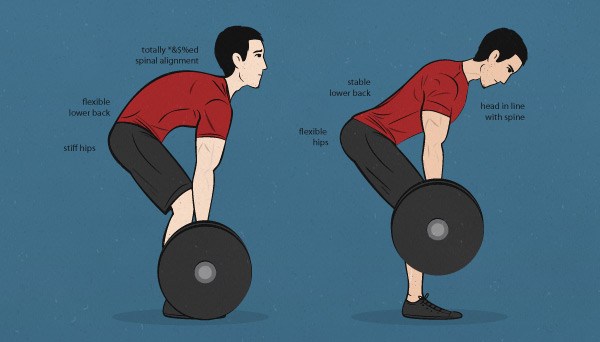
What if your spinal flexion is coming more from mobility issues of your hip. This would occur when you are reaching for the bar and your hips are tight, so you make up for the mobility with spinal flexion.
These are some of the global points that I have seen at the gym but these do not encompass all the points of lifting for the beginner or for the seasoned lifter. Don’t get lazy when you are lifting and if you have pain or are new to deadlifting go see your physio to assess for these corrections! There may be simple suggestions such as starting with block pulls, pausing at points to work on motor control, working on tensioning of specific muscles, improving
Back to my patient, I started this blog about. First, she tended to flex her spine up until she could extend her hips when lifting under load. She wasn’t lifting in a
After 3 weeks of working on the deadlift, last